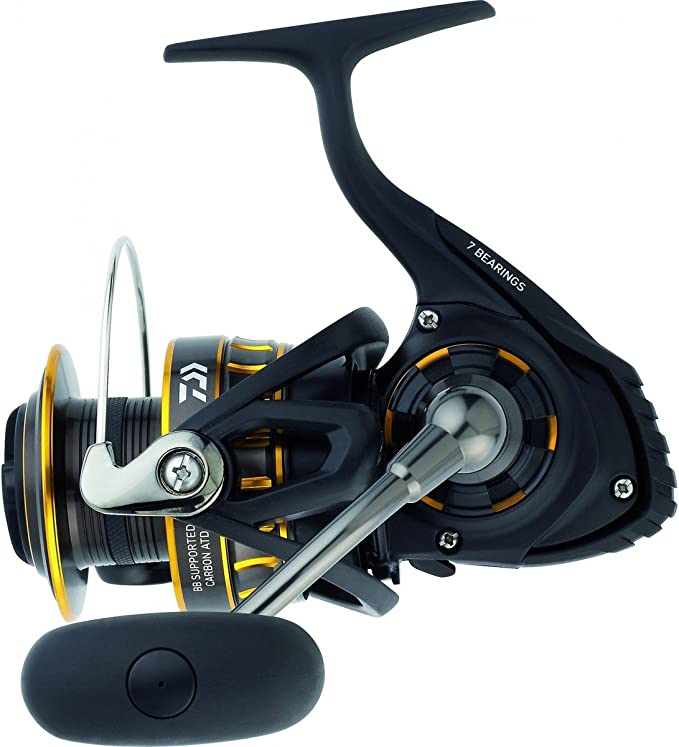Philips Sonicare ExpertClean 7500(HX9690/05): A Deep Dive into Sonic Cleaning Technology
Update on Aug. 4, 2025, 2:07 p.m.
On the microscopic landscape of your teeth, a silent, relentless war is fought every day. The adversary is not merely a random assortment of germs, but a highly organized, sophisticated metropolis of bacteria known as plaque biofilm. This complex, sticky structure is an architectural marvel of the microbial world, stubbornly adhering to enamel and forming a fortress that protects its inhabitants. For generations, our primary weapon in this war has been the manual toothbrush—a tool of brute force, relying on mechanical friction to scrape away the enemy. But this is a battle of attrition, often leaving microbial strongholds intact in the hard-to-reach territories between teeth and below the gumline.
This reality demanded a paradigm shift in strategy, moving from mechanical warfare to one rooted in physics. The modern sonic toothbrush is the culmination of this evolution, a precision instrument that doesn’t just scrub, but fundamentally disrupts the enemy’s city from its foundations. The Philips Sonicare ExpertClean 7500 stands as a prime example of this technology, a device that wields the power of controlled vibration and intelligent feedback to achieve a level of clean that manual methods struggle to match.

A New Weapon: The Power of Controlled Vibration
To understand what makes sonic technology different, one must first dismiss the notion that it’s simply a faster-moving brush. The magic lies not just in speed, but in frequency and amplitude. Inside the handle, a tiny, powerful motor, often using the piezoelectric effect, generates vibrations at an incredibly high frequency—up to 62,000 movements per minute. This isn’t the rough, oscillating-rotating motion of other electric toothbrushes; it’s a subtle, yet intensely rapid, sweeping motion.
Imagine striking a tuning fork. It doesn’t move wildly, but it hums with a powerful, invisible energy. A sonic toothbrush works on a similar principle. This controlled vibration is precisely calibrated to do more than just physically contact the tooth surface. It’s designed to transfer its energy into the surrounding environment of your mouth—the saliva and toothpaste—and turn them into an active part of the cleaning process.
The Science of a Sonic Tsunami: Fluid Dynamics at Work
Herein lies the core scientific breakthrough: fluid dynamics. The high-frequency movement of the brush head creates powerful waves of turbulence in the fluids around it. This phenomenon, known as acoustic streaming, generates a force that can flush out plaque and debris from areas the bristles could never hope to reach.
But the science goes even deeper. The rapid pressure changes caused by the sonic vibrations also lead to an effect called cavitation. This is the formation and immediate collapse of millions of microscopic bubbles. As these bubbles implode, they release tiny, localized shockwaves that disrupt the very structure of the plaque biofilm, blasting apart the sticky matrix that holds the bacterial city together. It’s a form of cleaning that happens on a microscopic level, a gentle yet overwhelming tsunami that washes away the enemy without the need for aggressive scrubbing. This dual-action attack—the physical sweep of the bristles combined with the deep-reaching power of fluid dynamics—is what allows a device like the ExpertClean 7500 to remove up to 10 times more plaque than a manual brush.

The Intelligent Commander: Why Smart Features Matter
Wielding such a powerful tool effectively requires precision and control. The greatest threat to oral health, next to plaque itself, is often our own improper technique. Brushing too hard is a common, instinctual error that can lead to dental abrasion and gum recession. This is where intelligence transforms the tool into a smart system.
The ExpertClean 7500 incorporates a Pressure Sensor, an intelligent guardian against over-brushing. It’s not just a simple switch; it’s a feedback loop. The system constantly monitors the strain on the motor. If it detects excessive force, it doesn’t just stop; it provides haptic feedback by subtly changing the vibration pattern. This gentle pulse is a non-intrusive, intuitive signal to the user: “Ease up. Let the technology do the work.”
This intelligence extends to the very core of its operation with BrushSync technology. This system creates a digital handshake between the brush head and the handle using a tiny RFID chip embedded in the brush head’s base. When a C3 Premium Plaque Control head is attached, the handle instantly knows and automatically selects the “Clean” mode. Attach the G3 Premium Gum Care head, and it switches to “Gum Health” mode. Furthermore, the chip tracks its own usage—how long it has been used and how hard it has been brushing—and alerts you when its bristles have worn past their peak effectiveness. It’s a system that ensures the weapon is always perfectly configured and in optimal condition for the battle.
Calibrating the Attack: A Personalized Regimen
Recognizing that every oral landscape is different, the system allows for a highly customized strategy. The four distinct modes—Clean, White+, Gum Health, and DeepClean+—are essentially pre-programmed software algorithms that alter the vibration’s frequency and amplitude to target specific goals. Combined with three intensity settings, the user can calibrate the device to match their sensitivity and specific needs, transforming a one-size-fits-all routine into a personalized treatment plan.

Conclusion: More Than a Brush, A Piece of Applied Science
The journey from a simple manual brush to a device like the Philips Sonicare ExpertClean 7500 is a testament to human ingenuity. It represents a shift from a purely mechanical mindset to a deeper understanding of biology and physics. This is not just a tool for cleaning; it is a piece of applied science designed to intervene in a complex biological process. By harnessing the invisible forces of fluid dynamics and embedding intelligent, responsive sensors, it empowers us to manage our oral health with a level of precision and efficacy previously unimaginable. It serves as a daily reminder that within our most familiar routines lies the potential for profound technological advancement, transforming a simple act of hygiene into a sophisticated investment in our long-term well-being.







































